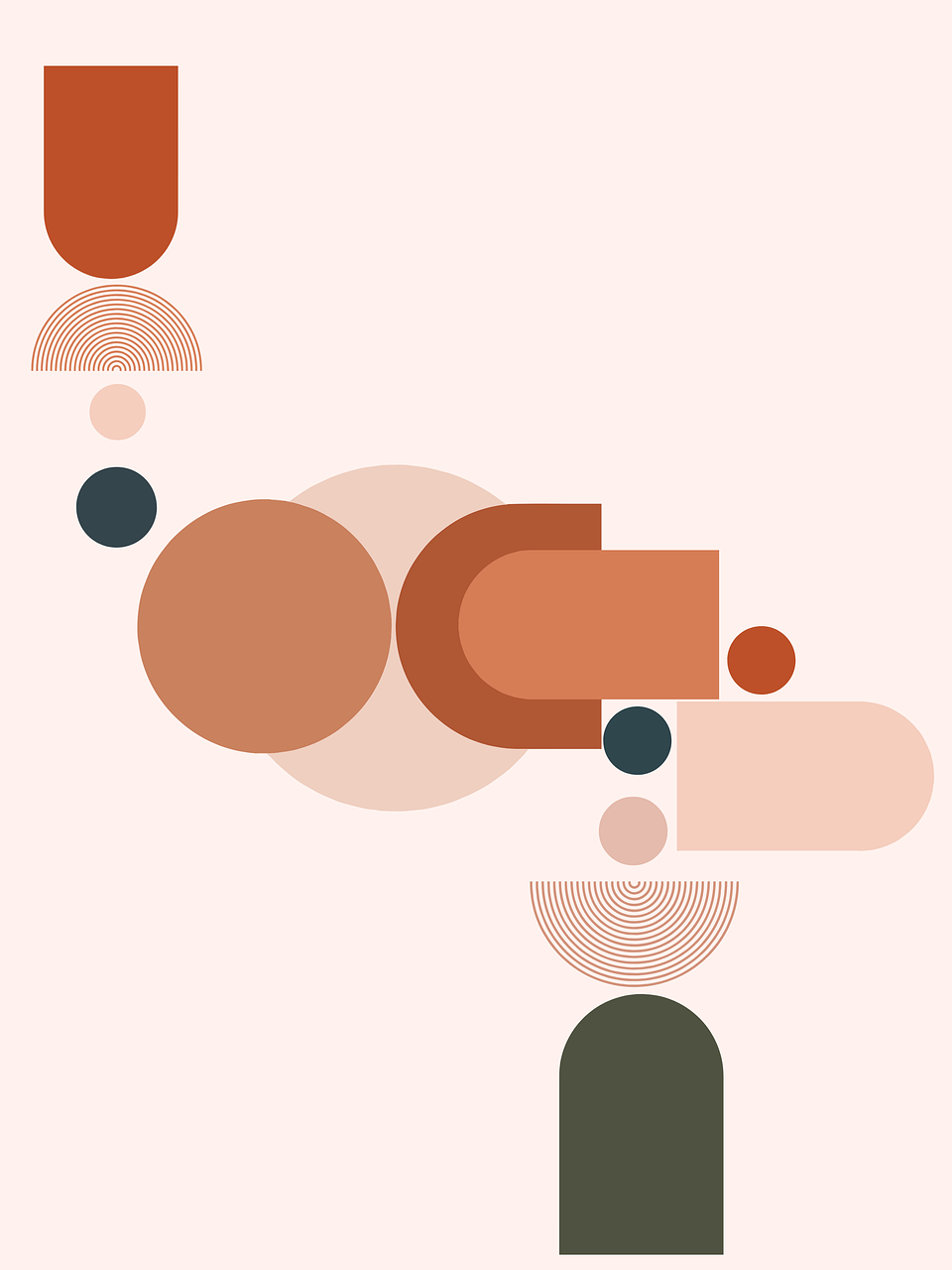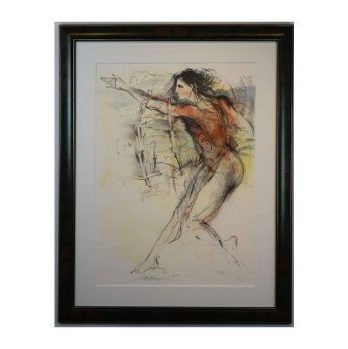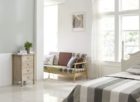Scandinavian Design: A Comprehensive Overview of the Nordic Aesthetic

Scandinavian Design: A Blend of Simplicity and Functionality
Introduction:

Scandinavian design has gained global recognition for its unique blend of simplicity, functionality, and timeless appeal. Rooted in the Nordic countries of Denmark, Norway, Sweden, Finland, and Iceland, this design movement has become synonymous with clean lines, minimalism, and a focus on craftsmanship. In this article, we will delve into the essence of Scandinavian design, exploring its various types, popularity, quantitative measurements, differences between subcategories, and historical pros and cons.
The Essence of Scandinavian Design
Scandinavian design is characterized by its emphasis on simplicity, functionality, and minimalism. Inspired by the region’s natural landscapes, long winters, and sense of hygge (a Danish concept of coziness), this design approach aims to create harmonious, inviting spaces that prioritize both aesthetics and practicality. The philosophy of Scandinavian design promotes the use of natural materials, such as wood, leather, and wool, while favoring neutral color palettes and clean lines.
Exploring the Various Types of Scandinavian Design
1. Danish Design:
Denmark has played a significant role in shaping the Scandinavian design movement. Danish design is renowned for its focus on organic shapes, ergonomic furniture, and impeccable craftsmanship. Designers like Arne Jacobsen, Hans J. Wegner, and Poul Kjaerholm have contributed iconic pieces that have become timeless classics.
2. Swedish Design:
Swedish design places a strong emphasis on functionality and practicality. Known for its innovative use of space-saving solutions, Swedish designers often create multifunctional furniture and decor that seamlessly blend into modern living environments. Brands such as IKEA have successfully popularized Swedish design on a global scale.
3. Norwegian Design:
Norwegian design embodies a strong connection to nature and sustainability. Informed by the country’s stunning landscapes, Norwegian designers strive to create environmentally friendly designs that evoke a sense of tranquility and balance. The use of natural materials, earthy tones, and organic shapes are hallmarks of Norwegian design.
Quantifying Scandinavian Design
Measuring the impact and popularity of Scandinavian design can be challenging, as it encompasses various industries, including furniture, architecture, fashion, and interior design. However, several quantitative measurements help shed light on its influence:
1. Market Demand:
Scandinavian design boasts a considerable market demand worldwide. The export of Nordic design products, such as furniture and textiles, remains strong, indicating a widespread appreciation for its aesthetic appeal.
2. International Recognition:
Scandinavian designers consistently receive international accolades and awards for their innovative creations. The recognition and success of designers like Alvar Aalto, Verner Panton, and Eero Saarinen contribute to the continuous global recognition of Scandinavian design.
3. Online Presence:
The digital era has allowed Scandinavian design to gain immense popularity through social media platforms and design blogs. The hashtag Scandinaviandesign garners millions of posts, showcasing the design movement’s enduring influence.
Unveiling the Differences within Scandinavian Design
While Scandinavian design shares common principles, it is important to acknowledge the differences between its subcategories. These differences stem from cultural nuances, historical influences, and individual design philosophies. Key distinctions include:
1. Minimalism vs. Coziness:
Danish design often epitomizes minimalist aesthetics, while Swedish and Norwegian designs prioritize creating cozy and inviting spaces. These different approaches reflect the diverse cultural interpretations within the Scandinavian region.
2. Materials and Textures:
Furniture and decor originating from Finland may showcase unique materials, such as birch plywood, while Norwegian design embraces natural materials like sheepskin and reindeer hide. Understanding these distinctions allows for a more nuanced appreciation of Scandinavian design.
Historical Pros and Cons of Scandinavian Design
1. Pros:
– Timeless appeal: Scandinavian design’s minimalistic approach has a timeless quality, allowing it to remain relevant across decades.
– Versatility: The clean lines and neutral color palettes of Scandinavian design make it adaptable to various interior styles and preferences.
– Sustainability: Many Scandinavian designers prioritize eco-friendly materials and production methods, contributing to a more sustainable design industry.
2. Cons:
– High price point: Authentic Scandinavian design pieces are often associated with a higher price tag due to the craftsmanship and quality materials involved.
– Limited color palette: While the neutral color palette is a hallmark of Scandinavian design, some may find it restrictive or lacking vibrancy.
– Potential for homogeneity: The popularity of Scandinavian design can lead to a saturation of similar aesthetics, possibly limiting innovation and individuality.
Conclusion:
Scandinavian design is a remarkable testament to the power of simplicity, functionality, and timeless aesthetics. With its emphasis on clean lines, natural materials, and ergonomic designs, this design movement has not only gained global recognition but also shaped the way we think about our living spaces. Whether it’s the minimalist allure of Danish design or the cozy atmosphere created by Swedish and Norwegian styles, Scandinavian design continues to inspire and captivate.











